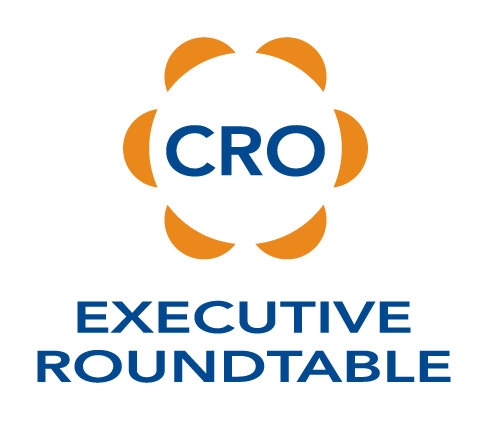There are four primary DISC styles - D, I, S, C. We're going to start a series on each style to help you better understand people through their preferred communication channel. We begin with the High D.
Dominance
This factor describes people that tend to favor a direct, assertive communication style and tend to focus on problems and challenges. High Ds love to stick to business, get to the point and not waste time. Ds tend not to immerse themselves in minutiae or specific details.
Observable Behavior
Buy: Quick decision makers; new and unique products.
Change: Love change.
Conflict response: Fight back.
Drive: Fast, always somewhere to get to in a hurry.
Decorate an office: Status conscious, large desk, efficiency.
Gesture: A lot of hand movement when talking, big gestures.
Goal Setting: Sets many goals, usually high risk and not written down.
Organization: Efficient, not neat.
Read: Cliffs notes, executive book summaries.
Risk Factor: High risk-taker.
Rules: May tend to break the rules. The end justifies the means.
Stand: Forward leaning. Hand in pocket.
Stress Relief: Physical activity, preferably of a competitive nature.
Talk on the Phone: Little chitchat. To the point. Results.
Talk to others: Direct. While others are talking may do other activities, as well as interrupt or jump to their next response.
Walk: Fast, always going somewhere.
Writing: Direct, to the point. Results-oriented.
Color noticed first: Green.
Communicating with the High D
- Be clear, specific and to the point.
Don't ramble on, or waste their time. - Stick to business. Don't try to build personal relationships, or chitchat.
- Present the facts logically; plan your presentation efficiently. Don't leave loopholes or cloudy issues if you don't want to be zapped.
- Ask specific (preferably "What?" questions). Don't ask rhetorical questions, or useless ones.
- Provide a win/win opportunity. Don't force the High D into a losing situation.
Managing the High D
- Clearly explain results expected.
- Negotiate commitments one-on-one.
- Define rules.
- Confront face-to-face in all disagreements.
- Provide challenging assignments.
Potential Limitations of the High D
- Overstep authority.
- Be too directive.
- Be impatient with others.
- Be argumentative.
- Push people rather than lead them.
Overall, the High D style is the easiest to observe and maybe the most difficult to manage. They beauty of the High D is that they will often achieve victories that you may have thought too difficult to pursue...or win. The D will provide drive and competitiveness to any team, just be prepared to lead them in a unique way.
Source: Target Training International



